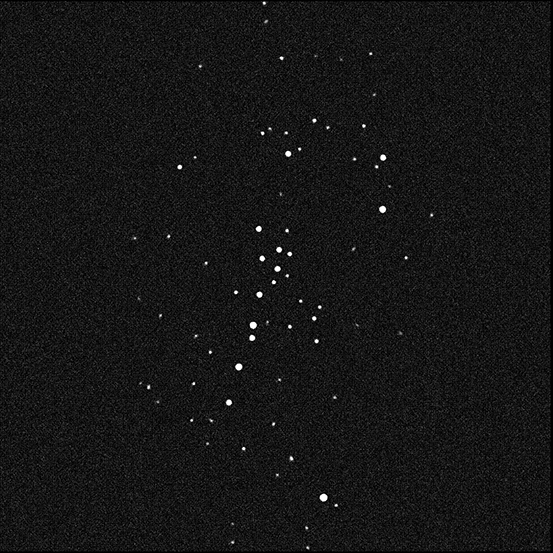News
New Catalog Showcases a Diverse Exoplanet Landscape with Strange, Exotic Worlds
A new, robust catalog is out featuring 126 confirmed and candidate exoplanets discovered with the National Aeronautics and Space Administration …
Earth Twin or Evil Twin
Maunakea, Hawaiʻi – The discovery of a planet similar in size to Venus that’s orbiting a star in the neighborhood …
Faintest Known Star System Orbiting the Milky Way Discovered from Hawaiʻi
Maunakea, Hawaiʻi – A team of astronomers led by the University of Victoria and Yale University has detected an ancient …
All News
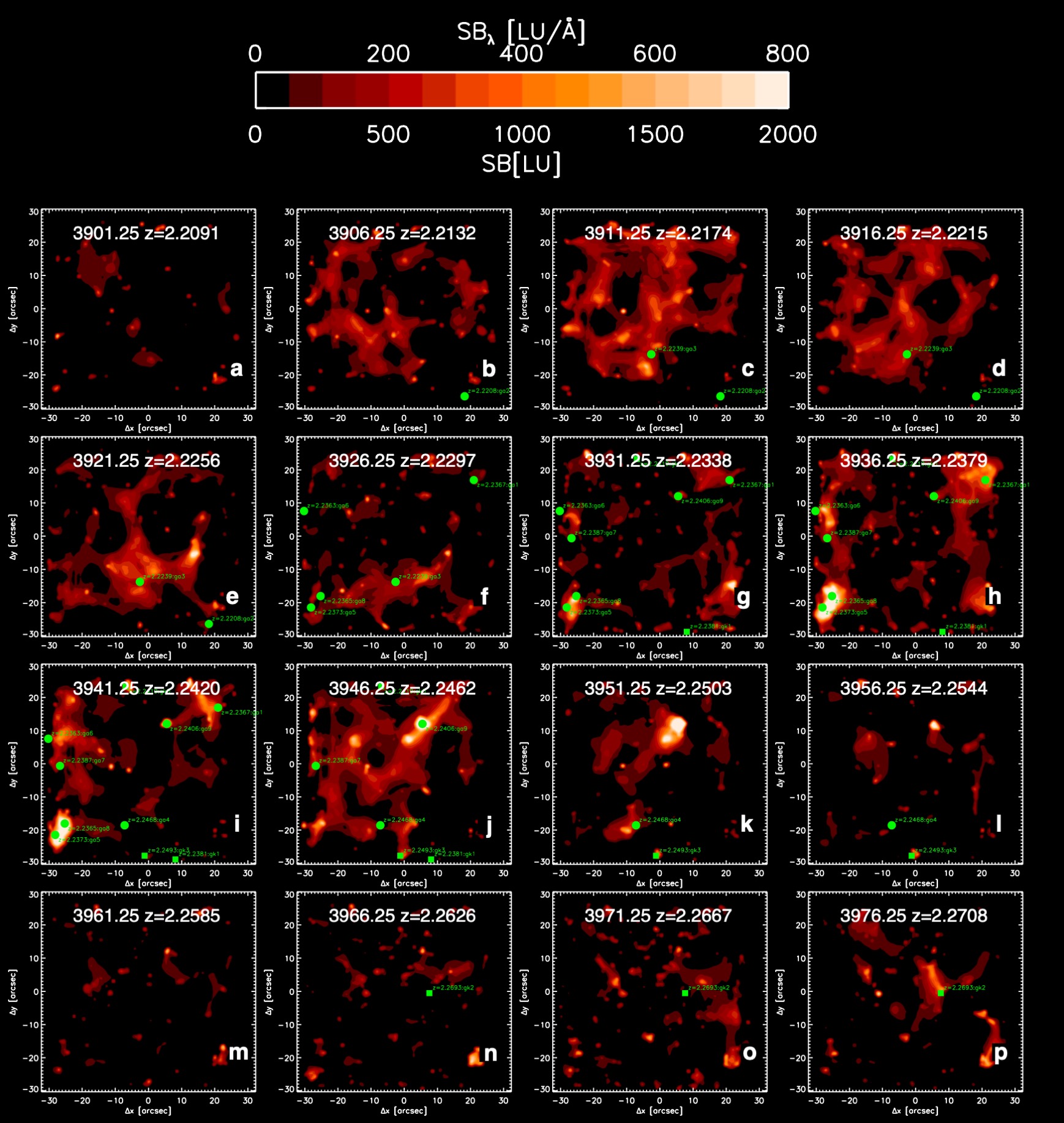
Cosmic Web Lights Up in the Darkness of Space
Keck Cosmic Web Imager Offers Best Glimpse Yet of the Filamentous Network That Connects Galaxies Maunakea, Hawaiʻi – Like rivers …
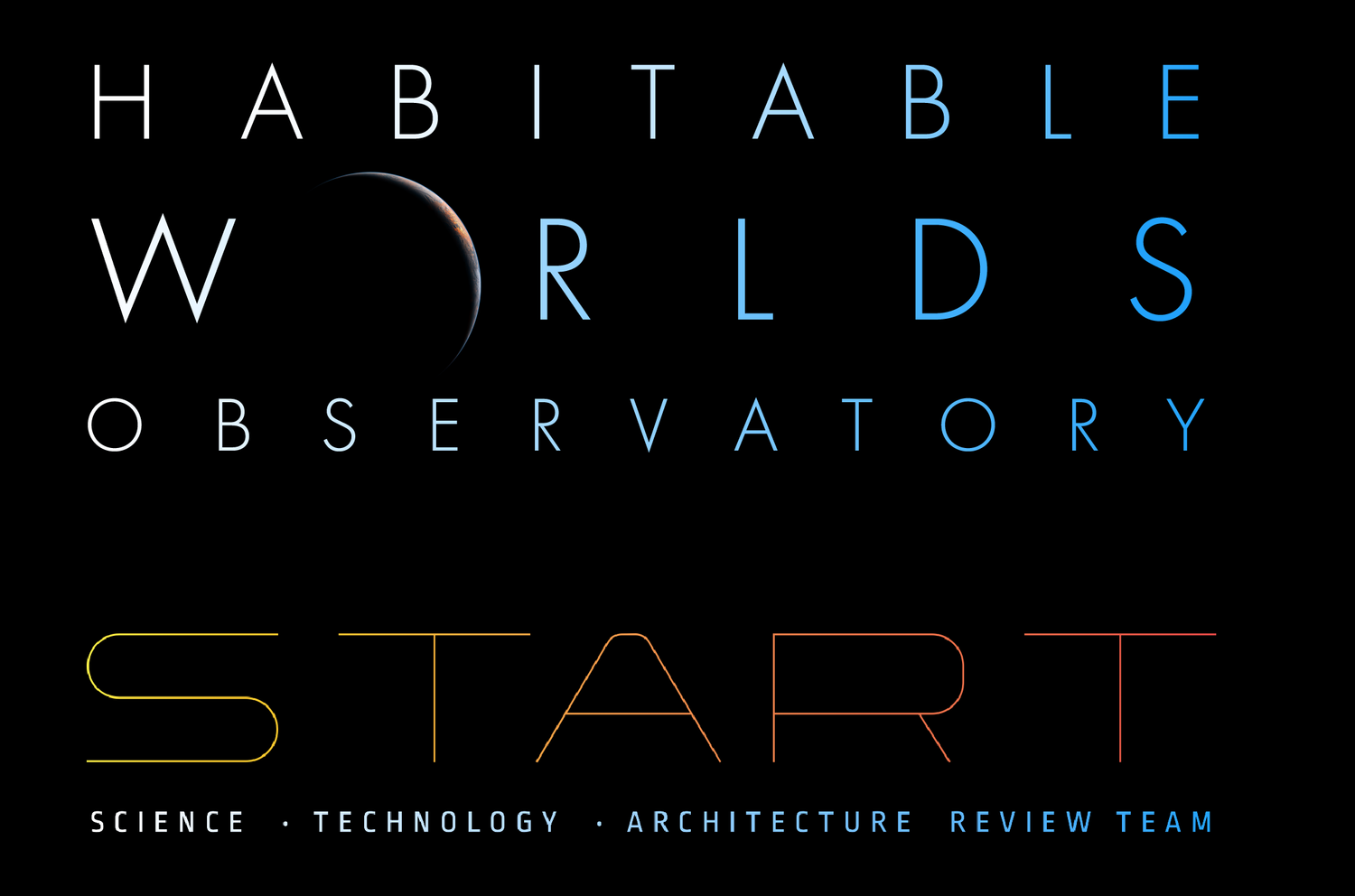
NASA Selects Groups to Guide ‘Habitable Worlds Observatory’ Activities, Invites Community Participation
NASA has selected 56 individuals to participate in groups that will guide maturation activities for the Habitable Worlds Observatory (HWO) …
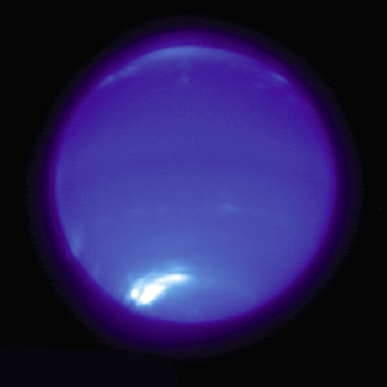
Clouds On Neptune Perform a Surprise Disappearing Act
Maunakea, Hawaiʻi – For the first time in nearly three decades of observations, clouds seen on Neptune have all but …
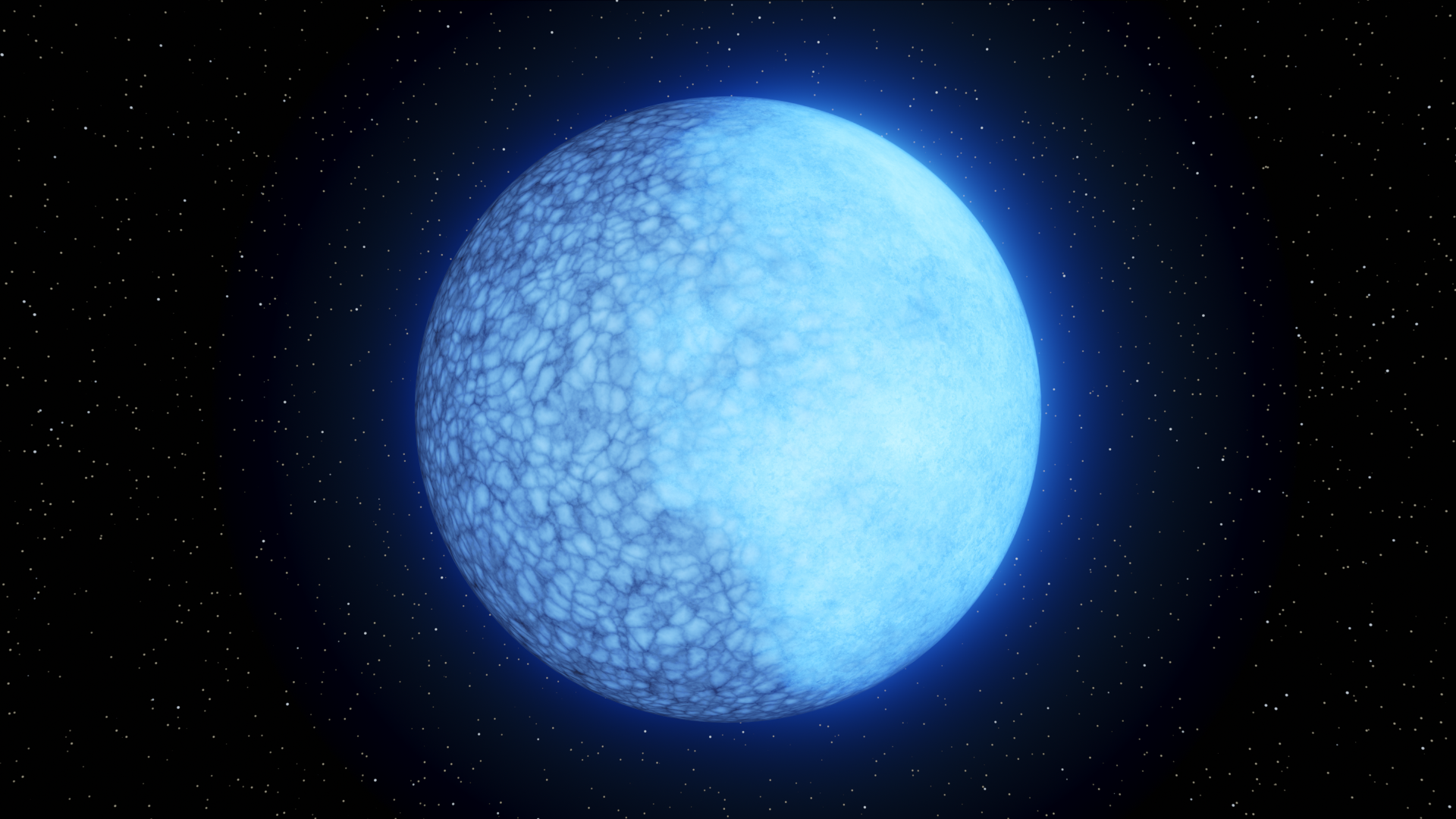
Two-Faced Star Exposed: Unusual White Dwarf Star is Made of Hydrogen on One Side and Helium on the Other
Maunakea, Hawaiʻi – In a first for white dwarfs, the burnt-out cores of dead stars, astronomers have discovered that at …

GEMS Shine for Exploring Science
When it comes to exploring math and science, these GEMS shine with curiosity! After a three-year hiatus, the Girls Exploring …

Career Fair at Kealakehe High School
To find a career that aligns with your heart, intellect, and values can be such a gratifying experience. Doing something …

Protecting Our Planet’s Unique Ecosystems
Astronomy shows us how truly special our planet is; more than 5,000 planets beyond our solar system have been discovered …
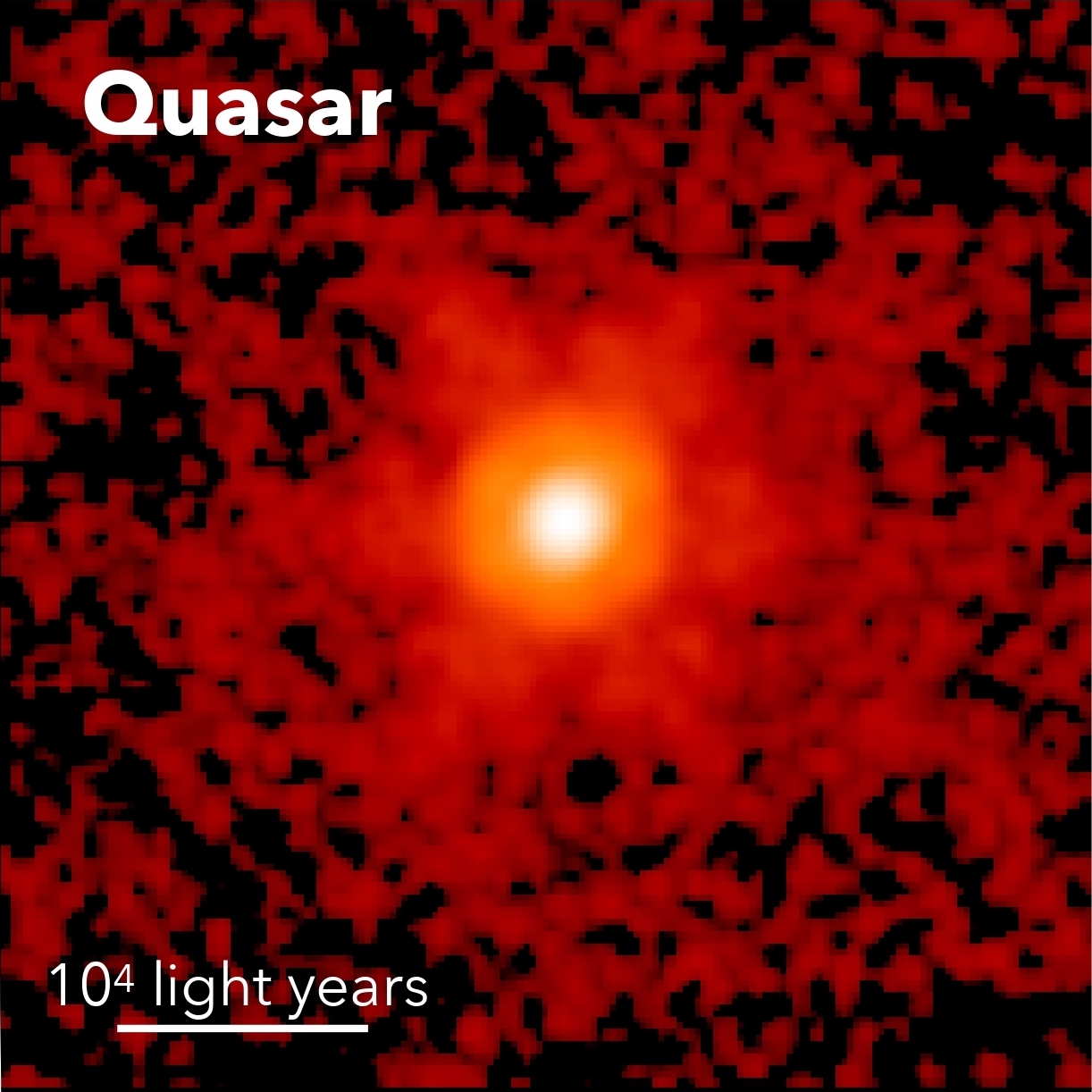
Starlight and the First Black Holes: Researchers Detect the Host Galaxies of Quasars in the Early Universe
Maunakea, Hawaiʻi – An international team of scientists, including Chien-Hsiu Lee, staff astronomer at W. M. Keck Observatory on Maunakea, …
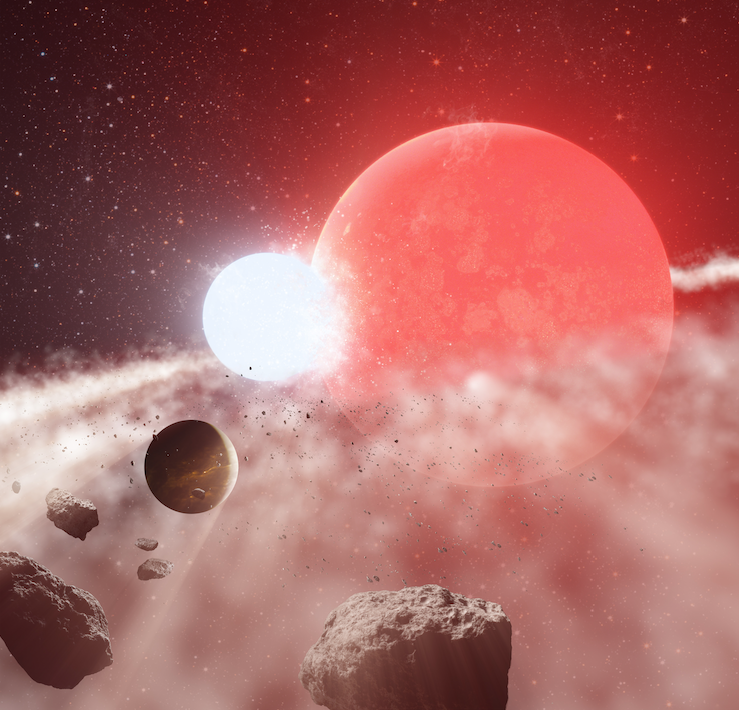
Life After Death: Hawaiʻi Astronomers Find a Planet that Shouldn’t Exist
Maunakea, Hawaiʻi – When our Sun reaches the end of its life, it will expand to 100 times its current …
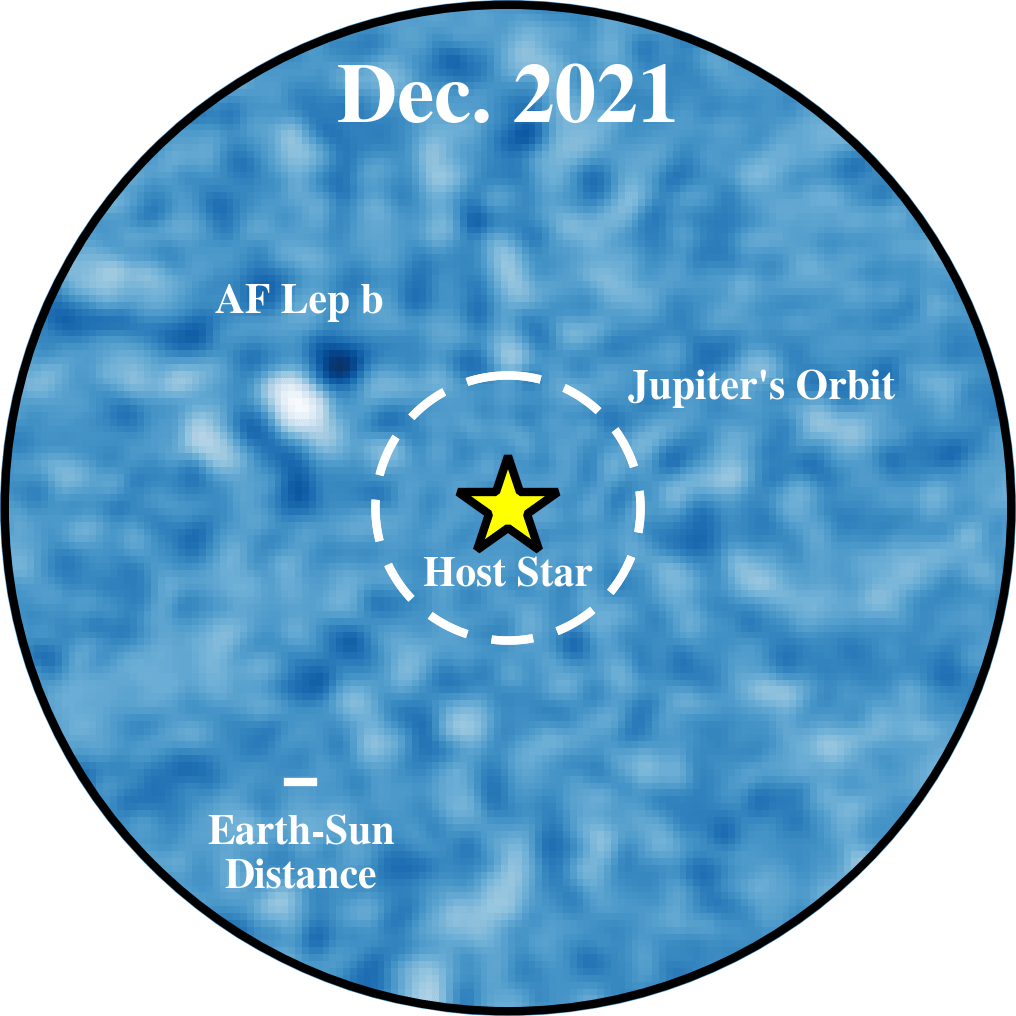
New Era of Exoplanet Discovery Begins with Images of ‘Jupiter’s Younger Sibling’
Maunakea, Hawaiʻi – Astronomers using W. M. Keck Observatory on Maunakea, Hawaiʻi Island have discovered one of the lowest-mass planets …
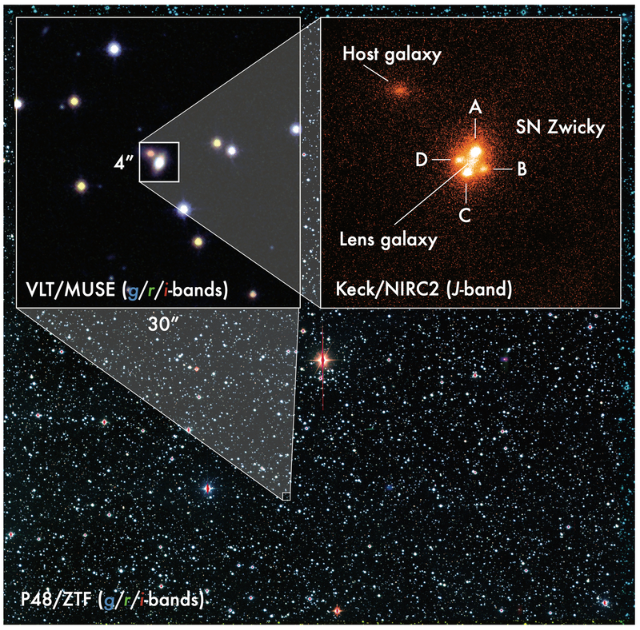
Rare Gravitational Lensing Warps Light Of Distant Supernova Into Four Images
Maunakea, Hawaiʻi – Astronomers have captured a bizarre image of a supernova, the powerful explosion of a star, whose light …
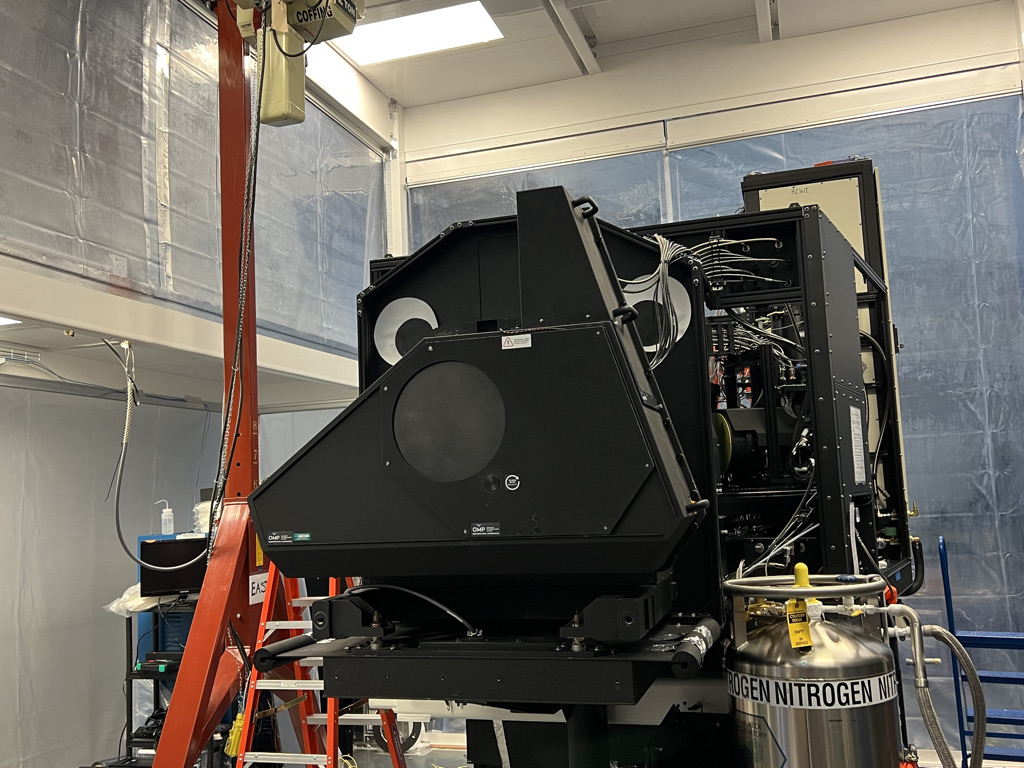
W. M. Keck Observatory Achieves First Light with Keck Cosmic Reionization Mapper
Maunakea, Hawaiʻi – W. M. Keck Observatory is pleased to announce its newest instrument, the Keck Cosmic Reionization Mapper (KCRM), …




